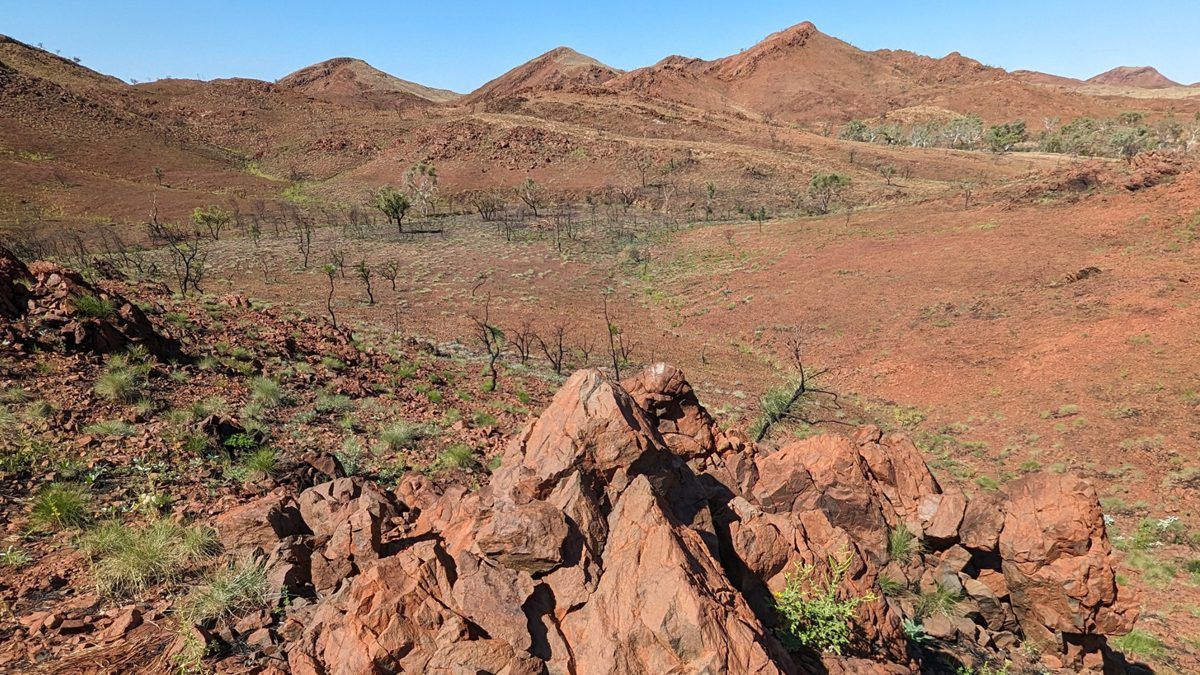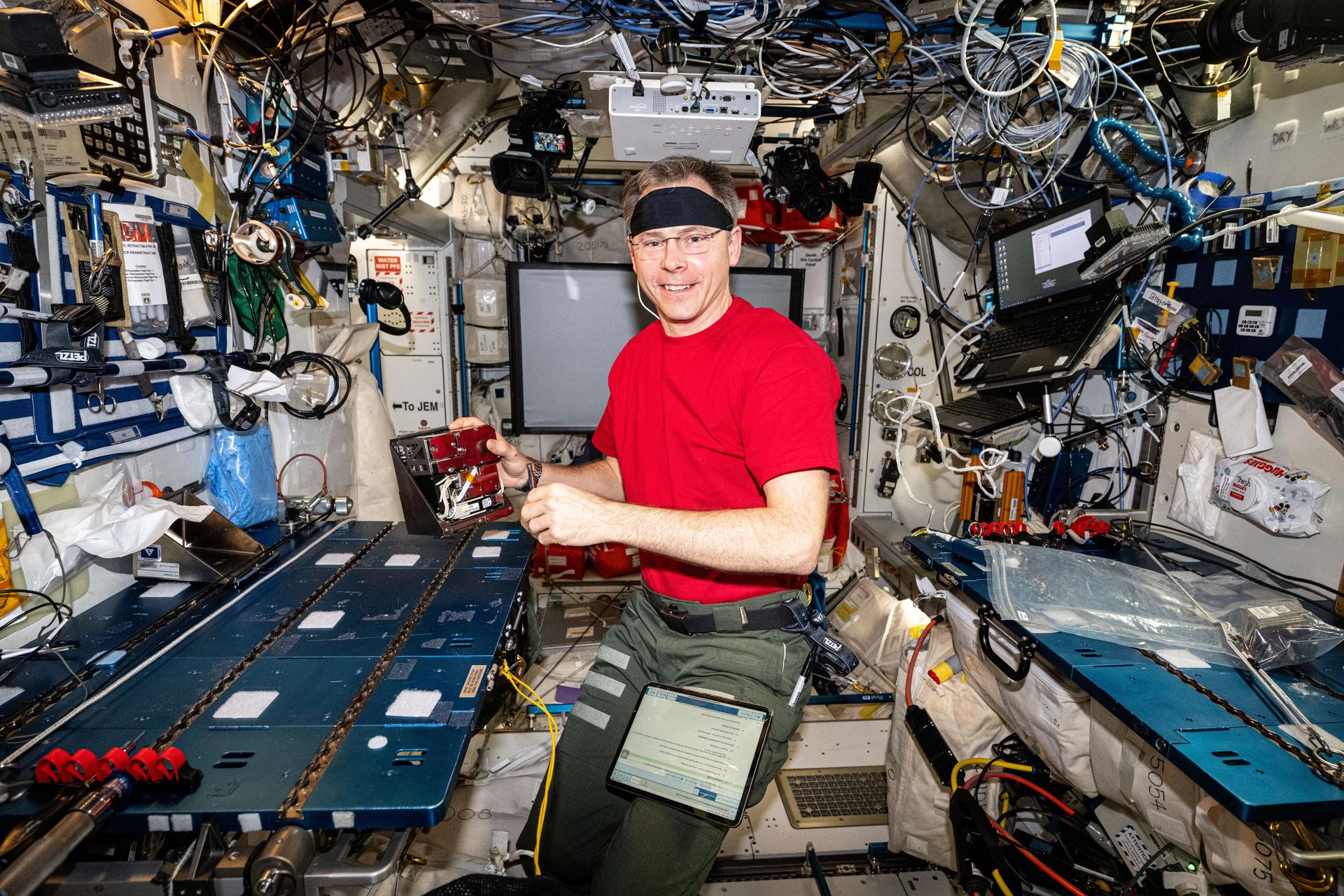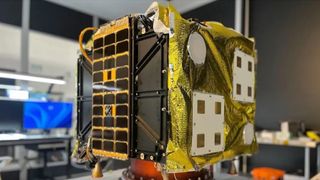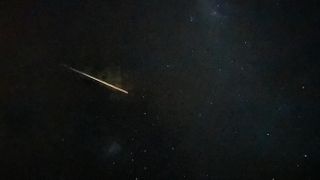Two NASA astronauts who launched on a short mission to the International Space Station last year that turned into a 9-month marathon finally know when they’ll be coming home. The Boeing Starliner astronauts, who launched on the spacecraft’s Crewed Flight Test on June 5, have been living aboard the International Space Station (ISS) ever since after their capsule returned to Earth without them. On Friday (March 7), NASA cleared a relief crew to launch on SpaceX Dragon next week, setting the stage for their long-awaited return to Earth. NASA astronauts…
Read MoreCategory: Space Stations
Space stations in orbit or planned
FAA investigating SpaceX Starship Flight 8 explosion that disrupted commercial flights
SpaceX’s latest Starship to attempt to reach space exploded nine minutes after its launch this week, leaving a trail of debris in its wake. Airports in Florida were forced to halt flights as the threat from impacts extended south to the Bahamas and Turks and Caicos Islands. Now the Federal Aviation Administration (FAA) is again requiring SpaceX to perform a mishap investigation into what led its eighth Starship test flight to end with a loss of the vehicle. The rocket launched toward space Thursday (March 7) from SpaceX’s Starbase facility…
Read MoreScientists discover Earth’s oldest impact crater in Australia
Geologists have discovered the world’s oldest known impact crater; it sits in the heart of Western Australia’s ancient Pilbara region. An analysis of rock layers in the region suggests a crater at least 62 miles (100 kilometers) wide was carved after a large space rock struck Earth roughly 3.47 billion years ago, when our planet was almost completely covered in water. The discovery pushes back the record for the oldest impact crater on Earth by more than 1 billion years — the previous record holder, the Yarrabubba impact structure, also…
Read MoreWatch fiery SpaceX Starship Flight 8 debris rain down over The Bahamas (video)
Starship put on a show for skywatchers yet again — but not the way that SpaceX would have liked. SpaceX launched the eighth test flight of Starship, the biggest and most powerful rocket ever built, from its Starbase site in South Texas on Thursday evening (March 6). Starship‘s huge first-stage booster, known as Super Heavy, came back to Starbase for a launch-tower catch about seven minutes after liftoff as planned. But the vehicle’s 171-foot-tall (52 meters) upper stage — called Starship or just Ship — experienced a serious problem shortly…
Read MoreSpaceX loses Starship rocket stage again, but catches giant Super Heavy booster during Flight 8 launch (video)
Starship’s eighth flight was a lot like its seventh. SpaceX launched the eighth test flight of its Starship megarocket today (March 6), sending the 403-foot-tall (123 meters) vehicle aloft from its Starbase site in South Texas at 6:30 p.m. EST (2330 GMT; 5:30 p.m. local Texas time). Seven minutes later, Starship’s huge first-stage booster, known as Super Heavy, returned to Starbase for a dramatic catch by the launch tower’s “chopstick” arms. It was the third time that SpaceX has demonstrated this jaw-dropping technique. SpaceX’s Starship launches on its eighth test…
Read MoreNASA’s SpaceX Crew-9 Scientific Mission on Space Station Concludes
NASA’s SpaceX Crew-9 mission with agency astronauts Nick Hague, Butch Wilmore, and Suni Williams, and Roscosmos cosmonaut Aleksandr Gorbunov is preparing to return to Earth following their science mission aboard the International Space Station. Hague, Williams, and Wilmore completed more than 900 hours of research between over 150 unique scientific experiments and technology demonstrations during their stay aboard the orbiting laboratory. Here’s a look at some scientific milestones accomplished during their journey: Mighty microalgae NASA astronaut Nick Hague processes samples for Arthrospira C, an investigation from ESA (European Space Agency)…
Read MoreHope is all but lost for private asteroid probe in deep space — ‘the chance of talking with Odin is minimal’
The first-ever private asteroid mission appears to be over, just a week or so after it left the ground. California startup AstroForge launched its Odin spacecraft on Feb. 26, on the same SpaceX Falcon 9 rocket that sent Intuitive Machines’ IM-2 mission toward the moon. Odin ran into trouble just a few hours later, however, and AstroForge has pretty much given up hope of recovering the 265-pound (120-kilogram) probe. “The chance of talking with Odin is minimal, as at this point, the accuracy of its position is becoming an issue,”…
Read MoreNASA Invites You to Share Excitement of Agency’s SpaceX Crew-10 Launch
A SpaceX Falcon 9 rocket carrying the company’s Dragon spacecraft is launched on NASA’s SpaceX Crew-9 mission to the International Space Station with NASA astronaut Nick Hague and Roscosmos cosmonaut Aleksandr Gorbunov onboard, Saturday, Sept. 28, 2024, from Cape Canaveral Space Force Station in Florida. NASA/Keegan Barber NASA invites the public to take part in virtual activities for the launch of the agency’s SpaceX Crew-10 mission to the International Space Station. NASA astronauts Anne McClain, commander, and Nichole Ayers, pilot, along with mission specialists JAXA (Japan Aerospace Exploration Agency) astronaut…
Read MoreWhat You Need to Know about NASA’s SpaceX Crew-10 Mission
The official portrait of NASA’s SpaceX Crew-10 members with (from left) Mission Specialist Kirill Peskov of Roscosmos; Pilot Nicole Ayers and Commander Anne McClain, both NASA astronauts; and Mission Specialist Takuya Onishi from JAXA (Japan Aerospace Exploration Agency). NASA/Bill Stafford/Helen Arase Vargas Four crew members are preparing to launch to the International Space Station as part of NASA’s SpaceX Crew-10 mission to perform research, technology demonstrations, and maintenance activities aboard the microgravity laboratory. NASA astronauts Anne McClain, Nichole Ayers, JAXA (Japan Aerospace Exploration Agency) astronaut Takuya Onishi, and Roscosmos cosmonaut…
Read MoreVarda space capsule returns to Earth in 1st commercial landing in Australian Outback (photos)
Varda Space has successfully landed a reentry capsule in Australia, delivering critical data that could advance in-space manufacturing and hypersonic technologies. California-based startup Varda’s Winnebago-2 (W-2) capsule launched along with 130 other payloads on Jan. 14 atop a SpaceX Falcon 9 rocket, on the Transporter 12 rideshare mission. After six weeks in orbit, the capsule made a fiery plunge through Earth’s atmosphere, landing Feb. 28 at Koonibba Test Range in South Australia, which is operated by Southern Launch. W-2 contained a spectrometer from the Air Force Research Laboratory (AFRL) and…
Read More








